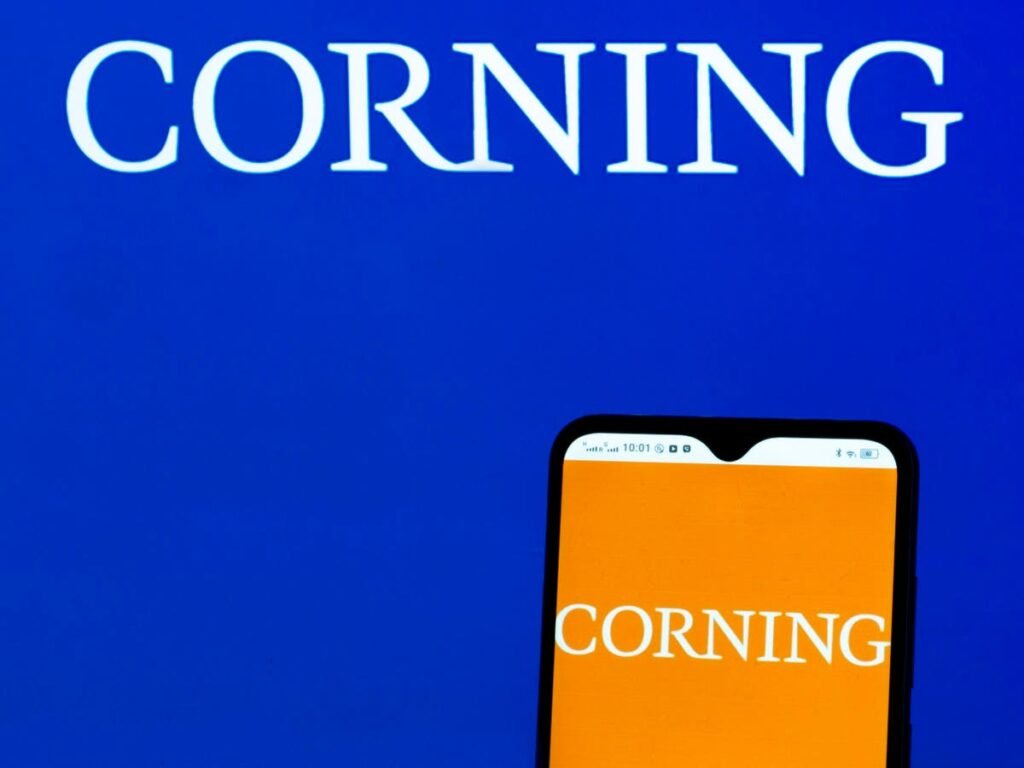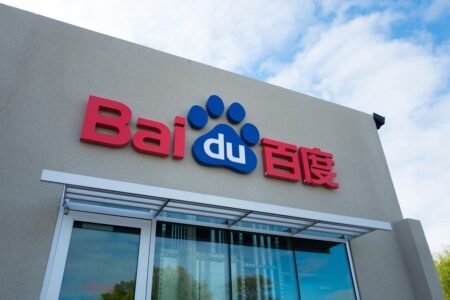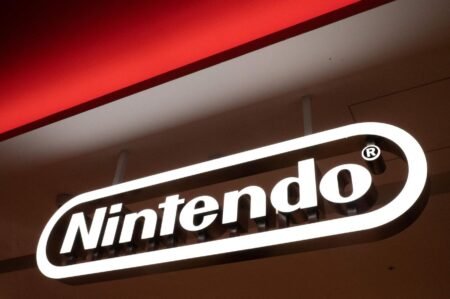Corning (NYSE: GLW) recently released its Q2 results, reporting revenues and earnings that aligned with street estimates. The company reported core revenue of $3.6 billion and adjusted earnings of $0.47 per share, driven by strong demand for its optical connectivity products for generative AI. While the company’s performance for the quarter was in-line with expectations, there is potential for growth in its stock from current levels of around $40. In this article, we will delve into Corning’s stock performance, key takeaways from its recent results, and its valuation.
Looking at Corning’s stock performance in recent years, GLW stock has seen minimal change, moving slightly from $35 in early January 2021 to around $40 at present. This is in contrast to the S&P 500, which has seen an increase of around 50% over the same period. GLW stock returns were 3% in 2021, -14% in 2022, and -5% in 2023, underperforming the S&P 500 during those years. In comparison, the index had returns of 27% in 2021, -19% in 2022, and 24% in 2023, highlighting GLW’s lagging performance.
Consistently outperforming the S&P 500 has been a challenge for individual stocks in recent years, including heavyweights in the Information Technology sector. However, the Trefis High-Quality Portfolio, made up of 30 stocks, has outperformed the benchmark each year over the same period. This indicates that, as a group, HQ Portfolio stocks have provided better returns with less risk compared to the index, showcasing a more stable performance.
In the face of the current uncertain macroeconomic environment, including high oil prices and elevated interest rates, there is speculation about whether GLW may underperform the S&P over the next 12 months or experience a significant increase in value. From a valuation standpoint, GLW stock appears to have limited room for growth, with an estimated valuation of $44 per share, reflecting a 10% upside from its current price. This forecast is based on a 23x P/E multiple and expected earnings for the full year 2024.
Corning’s Q2 revenue of $3.25 billion on a GAAP basis saw a 0.2% year-over-year increase, while core sales of $3.6 billion grew by 4%. The growth was primarily driven by the display technologies and optical communications segments, with specialty materials and life sciences also showing positive results. However, declines were seen in segments such as Hemlock and environmental technologies. AI-related connectivity solutions and higher pricing in the display business were key drivers of sales growth.
Looking ahead, Corning anticipates Q3 core sales to be around $3.7 billion and adjusted earnings per share in the range of $0.50 to $0.54, falling short of street expectations of $0.55 per share. The demand for fiber optics is expected to increase with the rise in data processing for AI systems, which could benefit Corning in the future. Overall, while Corning had an in-line Q2 performance, the Q3 outlook was slightly below expectations.












